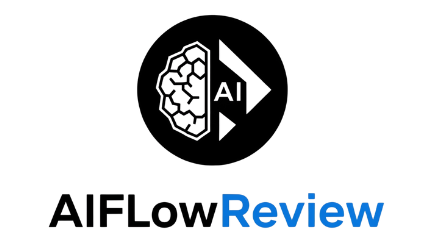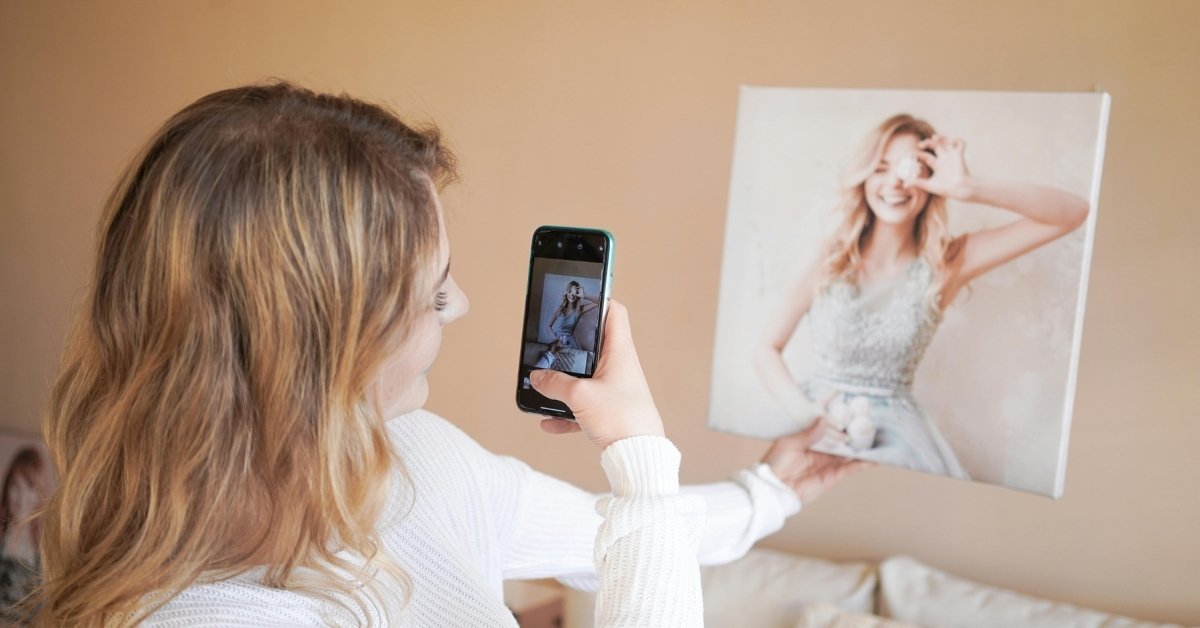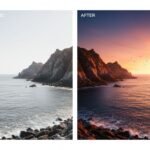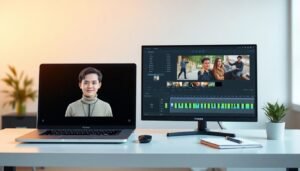AI image generators have become one of the most buzzed-about tools in tech and art circles. Curious minds from all backgrounds are talking about how these systems create striking visuals using simple text prompts. The appeal goes far beyond novelty—AI image generators are making creative projects faster, marketing more visual, and opening doors for people who never trained as artists.
What is an AI image generator, exactly? At its core, it’s software that turns words into pictures, giving everyone, from hobbyists to business pros, newfound flexibility in making eye-catching visuals.
How AI Image Generators Work

Photo by Google DeepMind
AI image generators use advanced machine learning (often called deep learning) to produce new pictures from user prompts. They scan through gigantic collections of artwork and photos, learn what things look like, and then invent images that match new descriptions.
When I enter a prompt—like “a futuristic cityscape at sunset”—the AI figures out what each part of that prompt means, then crafts a new visual from digital scratch. These tools are powered by neural networks, some of which get fancy names like GANs (Generative Adversarial Networks) or diffusion models. Each approach tries to make the machine’s output as surprising and accurate as possible.
For a step-by-step breakdown, check out AI Image Generation, Explained, which covers the building blocks behind this technology.
The Tech Behind the Images
Deep learning sounds tricky, but here’s a quick run-through. Think of it like teaching a robot to draw by showing it millions of sketches and photos. This “robot” (technically a neural network) learns which patterns or shapes fit a prompt.
- Neural Networks: Inspired by how our brains work, these are computer systems designed to recognize complex patterns and relationships in data.
- Training Data: To help the AI “imagine,” millions of pictures are labeled with text. This way, if I ask for “a calm beach,” the tool knows the colors, objects, and styles that fit the vibe.
- GANs: Imagine two AIs playing a kind of artistic game—one tries to make an image as real as possible, while the other judges if it’s real or fake. They get better through competition.
- Diffusion Models: These models are a bit like watching fog lift from a photo; they start with noise and gradually adjust pixels so a clear image emerges matching the prompt.
MIT’s CSAIL gives a concise summary on how AI image generators work.
From Text to Art: How Prompts Create Pictures
The prompt is my magic wand. I type what I want (perhaps, “a cat astronaut riding a bike on Mars”), and the AI interprets each word, weighs what’s important, and builds an image from its prior training.
The process typically goes like this:
- Input: I enter a prompt describing the scene or style.
- Processing: The AI translates this text, figures out what images should appear, and starts creating.
- Output: In seconds, I get an image ready for download, sharing, or additional edits.
Strengths:
- Realistic and fantasy art: AI can mimic anything from photo-like realism to cartoonish doodles.
- Style adaptation: If I add “in Van Gogh’s style,” it knows how to color and swirl like the Dutch master.
- Speed: Images are generated in seconds.
Limits:
- Sometimes, these AIs can “hallucinate,” making odd faces or objects that don’t exist.
- Details can go funky, especially with hands, text, or nuanced prompts.
If you’re curious about why these images often look so polished (or so strange), Quora has a nice community breakdown: How do AI image generators work?.
How AI Image Generators Are Used Today
AI image generators have moved way beyond art for art’s sake. Now, creatives, marketers, developers, and even students use them to make visual work simple and quick.
Art, Business, and Everyday Projects
These are some of the most popular ways I’ve seen AI image generators used:
- Marketing and Social Media: Brands whip up ad backgrounds or Instagram visuals without hiring a designer.
- Blog Visuals: Bloggers create custom cover images and infographics to break up text and catch a reader’s eye.
- Concept Art: Game designers and writers use AI to brainstorm worlds, characters, or storyboards.
- Personal Projects: From custom avatars to digital greeting cards, anyone can make art just by describing an idea.
AI image generation tools are now a regular fixture in everyday digital work. As more businesses catch on, these tools are reshaping advertising and online communication. For deeper insights into AI’s influence across industries, AI Flow Review has guides on AI tools for marketing.
Trends and New Developments
Names like DALL-E, Midjourney, and Stable Diffusion pop up everywhere because they push the technology further each month. Some major trends I’m following:
- Better Style Control: New models understand prompts and art styles more closely.
- User-Friendly Tools: AI art is accessible via apps, web tools, and even mobile.
- Open-Source Projects: People can now install some tools locally or self-host for more privacy and customization.
- Collaboration: Artists blend their own styles with what AI offers, leading to mixed-media creativity.
If you want to compare platforms or stay updated on the best AI image generators, you can browse directories like AI Flow Review for in-depth comparisons.
Ethics, Copyright, and Responsible Use
The surge of AI-made images brings new questions. Who owns an AI artwork? Is it fair to copy an artist’s style? These debates are just getting started.
Key issues include:
- Copyright Challenges: Originality and credit are hot topics, especially if a generator mimics living artists.
- Bias and Fairness: AI tools can reflect biases present in their training data.
- Responsible Use: It’s always smart to check the source, give credit, and stay aware of how images might be used or shared.
Ethical guidelines and industry regulations are becoming a priority for companies building this tech. If you use AI art, be transparent when sharing or publishing, and double-check for copyright flags, especially with commercial projects.
Looking Ahead
AI image generators are a huge leap for creativity, saving time and fueling inspiration whether you’re a hobbyist or a professional. The key thing is, these tools let us translate ideas into visuals at the speed of thought.
Whether you want to make art, design content, or just experiment, exploring these AI-powered tools can open up new creative channels. For more guides, expert reviews, and the latest news, I recommend checking out AI Flow Review. Staying curious about the future of artificial intelligence tools is where the creative fun really begins.

















